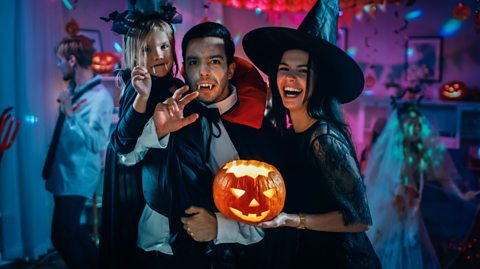If the doors are creaking and the lights are flickering, donтt go down those stairsтІ
You know the A significant or recurrent theme in media., and perhaps thereтs an abandoned house in your neighbourhood that you walk a little bit quicker to get past. But where did the idea of a тhaunted houseт come from? From humble ghost stories to Hollywood mansions, ТщЖЙЙйЭјЪзвГШыПк Bitesize investigates the origins of the haunted house.
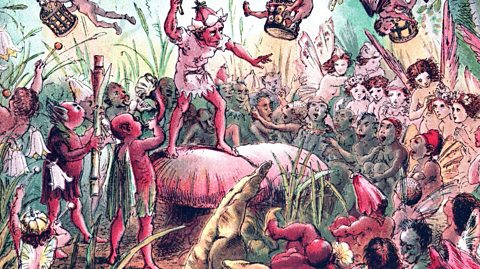
The global polter-guide
Ghost stories are universal and ancient - in fact, a Babylonian tablet dated BC 3,500 describing an exorcism is thought to show the earliest depiction of a ghost. In the 1st Century, Roman author Pliny the Younger recorded that a bearded apparition rattling chains was haunting a house in Athens, Greece - but outside of ghost stories and legendary spirits, documented hauntings as we think of them today are pretty sparse until much later.
This is likely because of different folk beliefs. For a long time in the British Isles, paranormal activity in folklore used to be the work of fairies rather than ghosts. Fairies across cultures were thought to be invisible as they operate in a different world that exists alongside our own, but could be invited into the home or even take people back to theirs. These would be responsible for helpful, mischievous or sometimes malevolent happenings about the house.
Similar ideas exist in pre-Islamic Arabian and later Islamic cultures: Jinn (often romanised as тDjinnт or anglicised as тgeniesт) are invisible beings that live on Earth alongside humans and occupy vacant homes and empty places. Some Jinn torment humans and make them behave badly, like demons and possessive spirits in many other cultures.
It seems no matter where in the world you are, people have always been sure theyтre not home aloneтІ

Spend a penny, see a ghost
So when did ghosts officially start moving in? By the time Shakespeare was writing about them, English society was more sceptic of faeries, and witches were the supernatural threat to be wary of. Roman Catholic attitudes reflected that ghosts were souls visiting from Purgatory, either to warn or deceive the living. Ghosts as characters in plays such as Shakespeareтs Hamlet usually symbolised death or madness. During 18th Century, the oceans were reportedly haunted by the vessels lost at sea, and living sailors were warned to look out for phantom ships.
But it wouldnтt be until after the Industrial Revolution and the following centuries that the sites of Medieval historic battles, murders, executions and tragedies became haunted hotspots. Neogothic architecture brought back the look of the Middle Ages, and Gothic literature took off. Phantasmagoria, a form of horror theatre involving optical illusions, mesmerised Europe in the 18th Century, and by the 19th Century skeletons, demons and ghosts were projected on stages all over Britain.
Public interest turned into scientific research: paranormal investigation began when the Society for Psychical Research was founded in 1882, and тpsychic researchersт used early technology to monitor ghostly goings on. By the turn of the century, castles, buildings and houses all over the world became haunted hotspots, with frequent ghost sightings reported in America, the UK and Europe.
And if that wasnтt enough, we also have this era to thank for the earliest haunted houses you could visit: In 1802, the тscare attractionт was revolutionised when Marie Tussaud showcased her wax sculptures in the Lyceum theatre in London. Tussaudтs тChamber of Horrorsт featured eerie wax figures, whose likeness was taken directly from the death masks of executed people, including King Louis XVI and Marie Antoinette - eek!

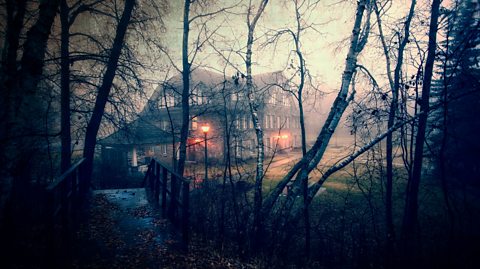
There's a haunting in the USA
As soon as making feature length films was possible, so was making feature-length horrors - and the haunted house backdrop became a staple of horror cinema. The 1927 film The Cat and the Canary, based on the 1922 play of the same name, is often attributed as the film that launched the haunted house in pop culture. In it, a dying millionaire is driven mad by his greedy relatives who are then tested by his haunted mansion.
Meanwhile offscreen, Halloween was a night for trick-or-treating for the kids in America, and pranks were a tradition of the season among teens. However the Great Depression (1929-1933) caused a lot of unhappiness, and Halloween hijinks started turning disruptive and even grisly as teens and young adults engaged in neighbourhood vandalism. To counter this, rather than ban Halloween celebrations, many communities organised тtrails of terrorт and тghost housesт to keep teens and young adults entertained and off the streets.
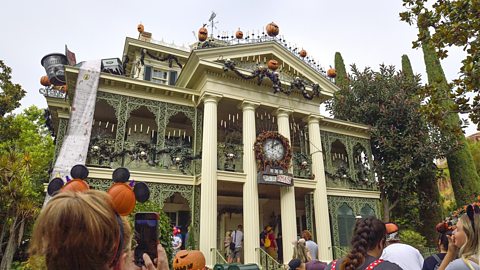
The modern phantasmagoria
But these ghost houses were only a neighbourhood haunt. In 1969, almost twenty years after the project was approved, Disney opened its large-scale ghost ride, the Haunted Mansion - an immersive ghost walk and train through a house of practical effects. Its launch solidified the haunted house as a cultural icon and inspired carnival rides and тdark rideт attractions all across the country.
And even haunted history repeats itself: American studios embraced another period of horror cinema in the 1980s, and Hollywoodтs ghosts kept the haunted house alive in pop culture. As these spooky traditions persisted over time, renditions in literature and film today range from the vengeful to the misunderstood and sympathetic.
This article was published in October 2023

Can you guess the animal in this spooky skeletons quiz?
Do you know your tibias from your fibias? Test your knowledge of spooky scary skeletons with this Halloween quiz.
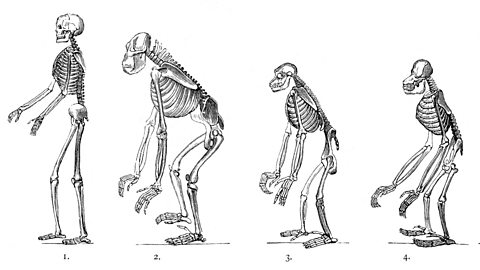
Why do we find these ordinary things creepy?
ТщЖЙЙйЭјЪзвГШыПк Bitesize explores why ordinary objects can sometimes have creepy connotations.
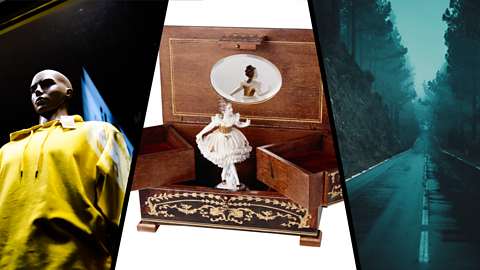
The spine-chillingly spooky definitions quiz
Can you recognise a wicked creature from its description alone?
